By CHRIS MCGOWAN
By CHRIS MCGOWAN
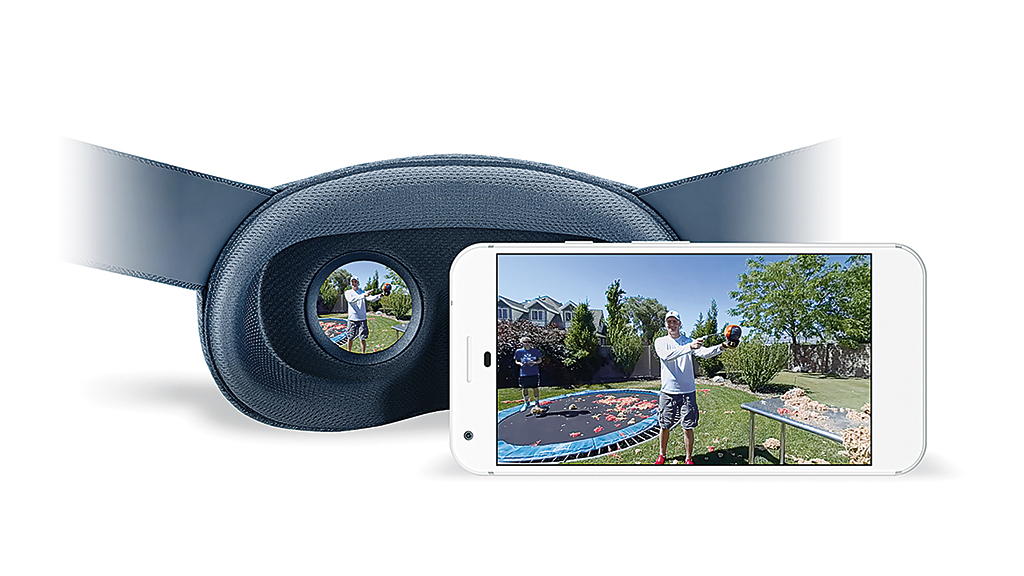
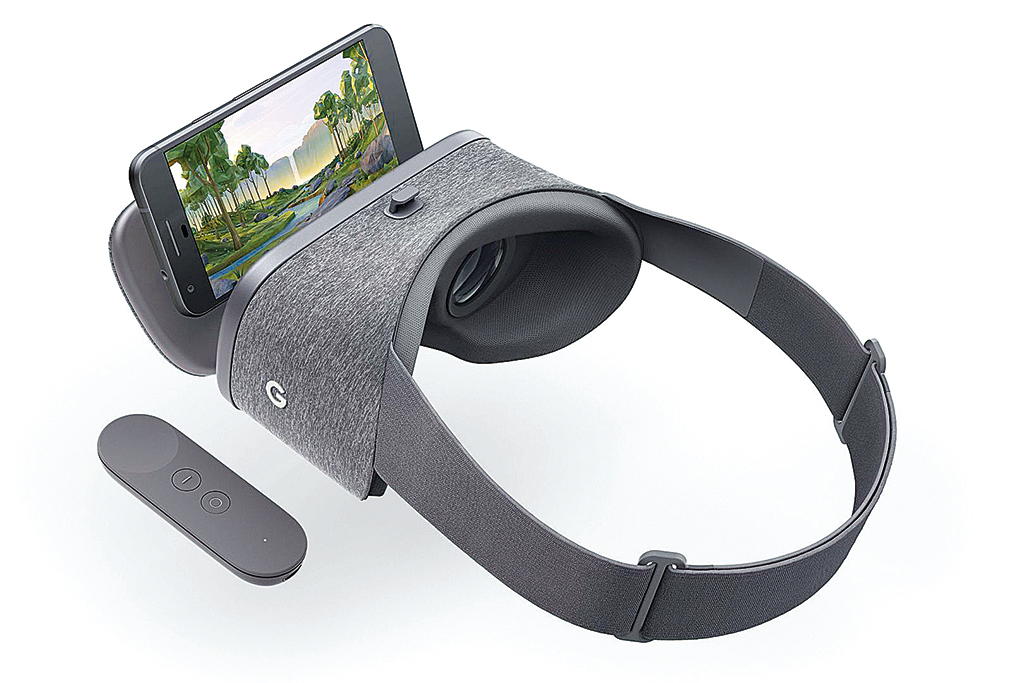
The expression “doing a 180” just took on a new meaning. In June, Google announced VR180, a new format that the company hopes will boost the production of immersive media and expand its potential market. VR180 basically cuts the visual range of 360-degree video in half and promises to lower costs significantly for both production and viewing. Despite the “VR” in its name, VR180 isn’t virtual reality, although it is immersive to the extent of filling one’s forward field of vision with images. It may just prove that in terms of immersion, sometimes a little is enough.
In his June 16 blog post “Hot and Cold: Heat Maps in VR,” YouTube Product Manager Frank Rodriguez wrote about 360-degree videos, stating: “Surprisingly, people spent 75% of their time within the front 90 degrees of a video.” So, perhaps VR180 will suffice for the Super Bowl or a Bruno Mars concert, while 360 will be sensational for a Serengeti safari or a visit to Vienna. Not all content is 360-worthy, let alone VR-worthy with complex interactivity. VR180 isn’t as exciting as virtual reality, but it may draw in a mass market for immersive media in short order.
However, some developers see it as an old-school “180” (reversing direction) on the road to virtual reality. Or, maybe, as an unnecessary move sideways. The key point may be that if VR180 proves to be as easy to shoot and edit as claimed, it will quickly become a mass-market format that is somewhat immersive that everyone can use; that will provide YouTube and other channels with a vast amount of home-made and professional content.
In 360-degree video, the viewer is inside a sphere of visual and audio information; wherever you look, you are inside the filmed or simulated environment. VR180 presents just the front half of that sphere. The image fills a person’s field of view, so there is a sense of immersion; you can see what’s in front of you, in 3D, but not what’s behind you. Take a look back and there’s no there there. Behind you is just blackness – a void.
So, because it has fewer pixels to present, VR180 potentially offers higher resolution visuals than a comparable 360-degree video. Or, depending on resolution choices, VR180 videos could take up less bandwidth and space. In addition, VR180 cameras canpotentially be cheap and easy to use; according to Google, VR180 videos can be shot much like regular videos. Projects should be less time-consuming – and do without the 360 post-production process of “stitching” (combining various video footage from omnidirectional cameras or multi-camera rigs) to create the spherical visuals. Filmmakers behind the camera also won’t have to worry about appearing in the shot.
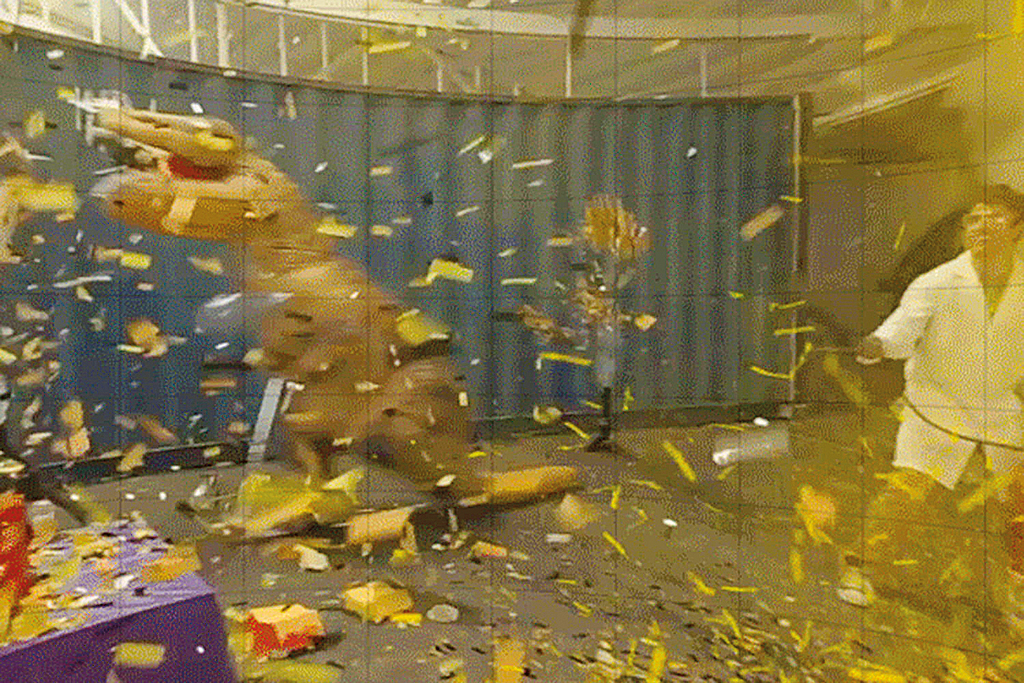
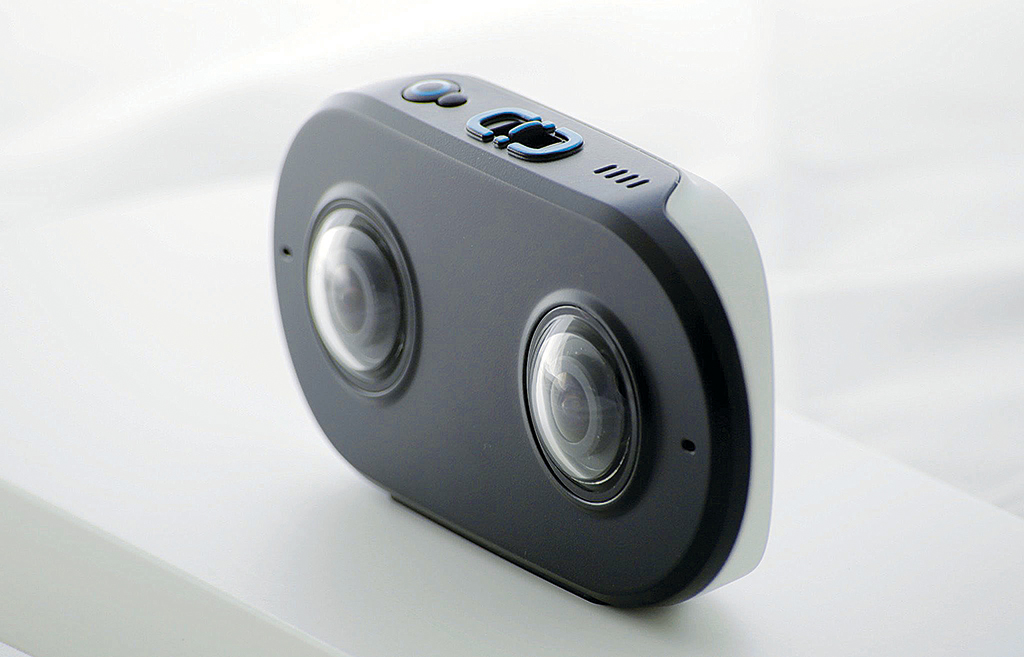
Once a VR180 title is completed, it can be viewed as a flat video on desktop and mobile, or experienced immersively with Google Cardboard, Google Daydream or PSVR headsets, as well as other gear that’s on its way.
The Google Daydream division is working with hardware companies Lenovo Group, YI Technology and LG to create cameras designed for shooting VR180 that “will hit the shelves this winter,” according to YouTube’s Frank Rodriguez. Lenovo has announced that it will be the first of these companies to launch a VR180 camera and that it will “fit in your pocket and is meant to be as user-friendly as a point-and-shoot.” The Lenovo camera will create 180-degree videos, shoot half-sphere still photos, and stream live in the VR180 format. It will support a stereoscopic view when the footage is viewed on a VR headset. Lenovo is aiming the camera at consumers and says it will cost the same as other point-and-shoot cameras.
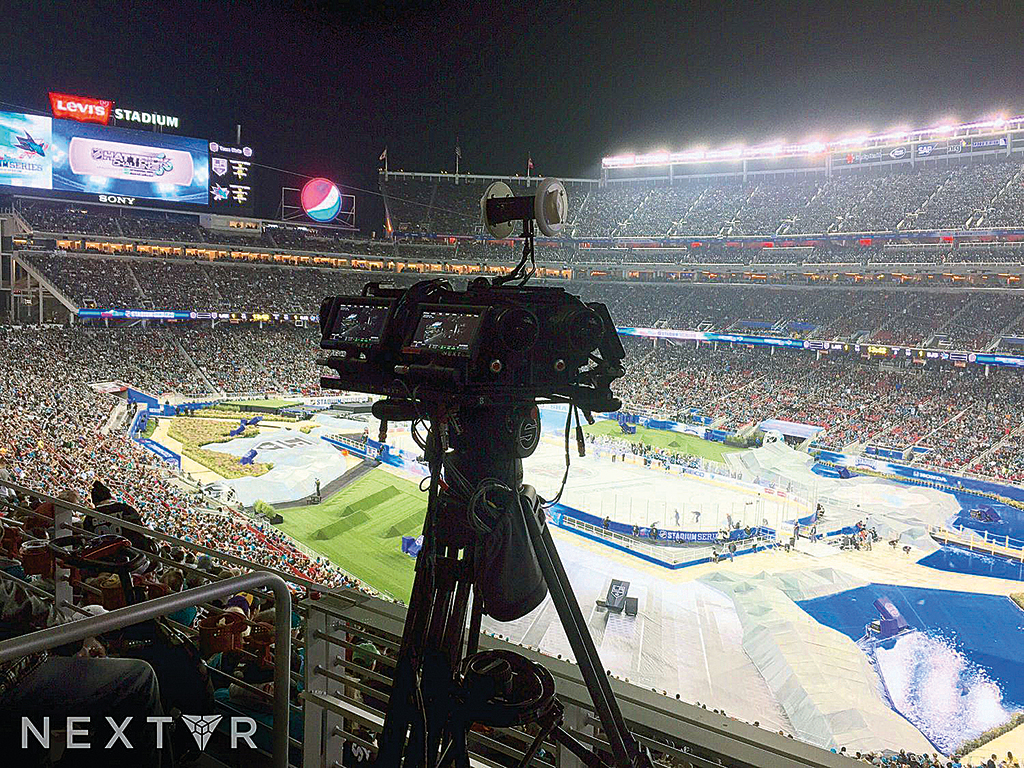
“This is more like a natural progression towards a broader adaptation of VR and a mature way to understand and contextualize the ecology of different uses and experiences of the new medium. … Especially when experiencing live events such as concerts and sports, 180-degree videos solve a lot of technical issues with a minor sacrifice in immersion.”
—Vangelis Lympouridis, Founder, Enosis VR
“VR180 is a very practical compromise to get around the current issues of bandwidth on 360 videos, but really it’s just a widescreen stereoscopic format. Personally, fixed point, immersive linear films are of limited interest to me as a creator of virtual realities.”
—Tom Szirtes, Creative Technologist, Mbryonic
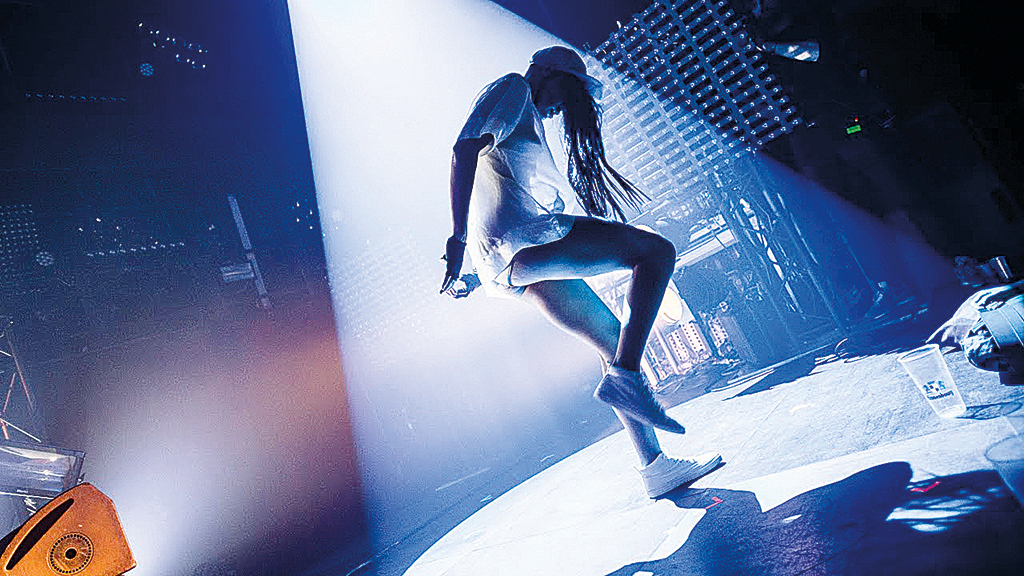
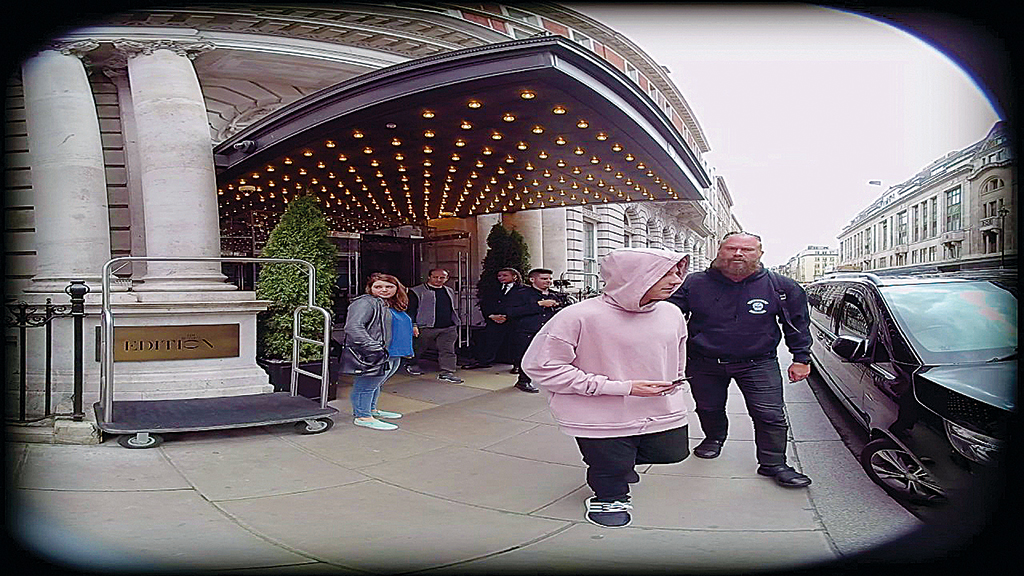
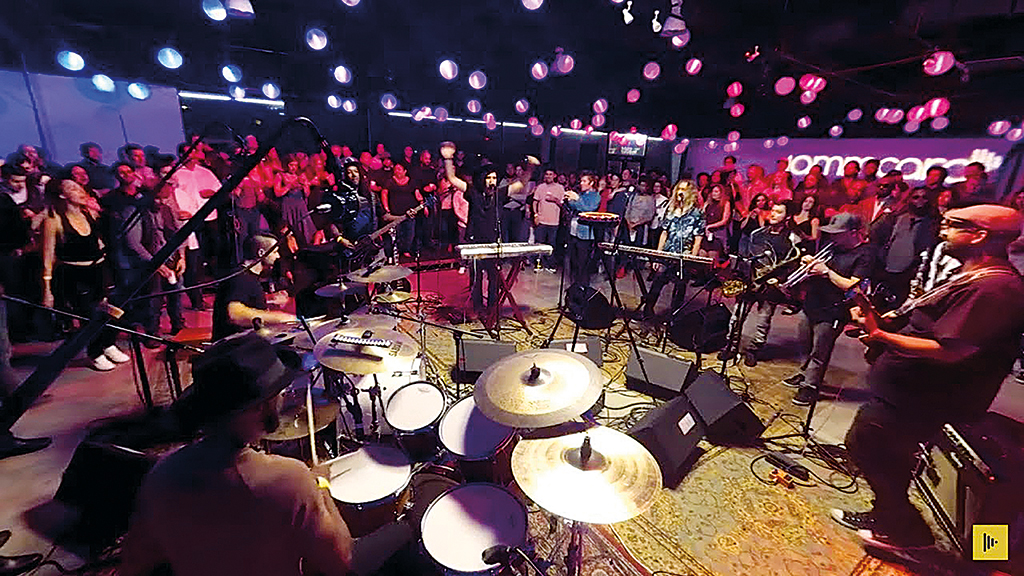
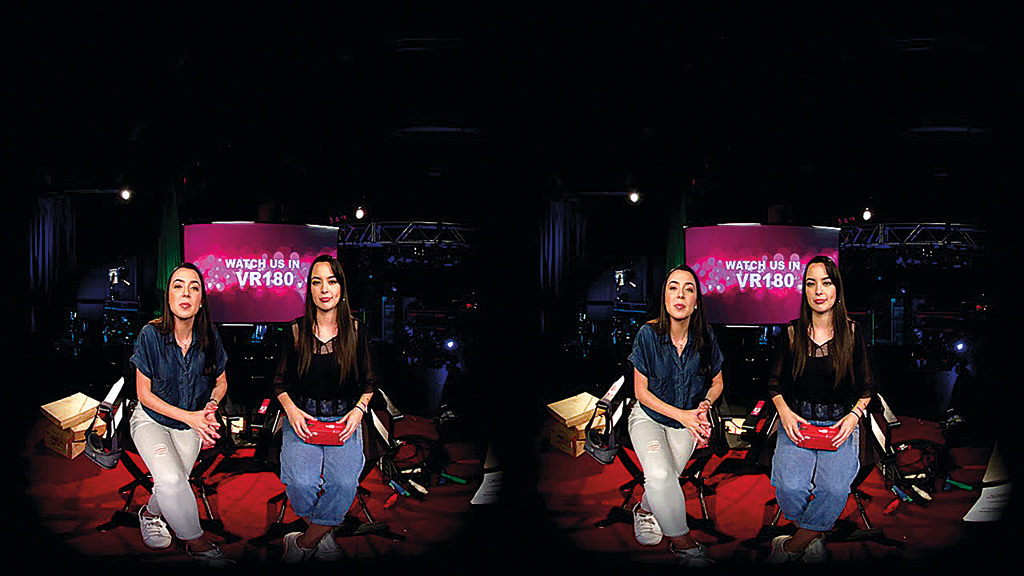
“Immersive music would definitely benefit from VR180 as more and more content will be produced using existing tools and a much lighter production pipeline. Directors, musicians and any performer will be able to design and capture their stages and augment them with VFX and traditional scene compositing techniques without the complexities of 360 video both in terms of technical sophistication as well as storytelling.”
—Vangelis Lympouridis, Founder, Enosis VR
Lucid VR is also active in this area and raised large sums through IndieGoGo crowdfunding in 2015 to develop its camera. The LucidCam is a 3D 180-degree photo/video camera with a lightweight, pocketable design. It supports images and videos in 2K, 3K and 4K. The device is touted as user-friendly and is on sale now. With an optional waterproof case, the LucidCam can film underwater up to 12 meters in depth. Oculus Co-founder Jack McCauley is one of the heavyweights on the firm’s board of advisors.
In the near future, Google will loan developers VR180 cameras from one of its “YouTube Spaces” in nine cities worldwide. Google is also setting up a “VR180 certification program” for VR180 cameras. Z CAM was one of the first to sign up and will also launch a VR camera soon. In addition, YouTube has worked closely with Adobe to make sure the video-editing application Premiere is compatible with VR180.
VR180 demos are already available on YouTube’s site. Titles include Clark’s “Peak Magnetic,” “The Poppy VR180 Experience,” “JammJam at Tower Records,” “Red Carpet Live Stream in VR180: 2017 Teen Choice Awards,” “Charlie Puth in London,” “Coachella VR180 Tour,” “Future Islands Interview: Coachella 2017,” “Dreamcar Interview: Coachella 2017” and “Merrell Twins Live VR180 Broadcast.” There is even a “Baking Soda and Vinegar Easy Science Experiments for Kids” with NBA star Kevin Durant.
NextVR, based in Newport Beach, California, has already been filming some NBA games, NFL highlights and other sporting fare with its own 3D, 180-degree system. It requires a Google Daydream View or Samsung Gear VR headset and compatible smartphone for playback.
But not everyone is excited about the new format. “VR180 is a very practical compromise to get around the current issues of bandwidth on 360 videos, but really it’s just a widescreen stereoscopic format,” says Tom Szirtes, Creative Technologist at Mbryonic, a London-based digital design studio. He adds, “Personally, fixed point, immersive linear films are of limited interest to me as a creator of virtual realities.”
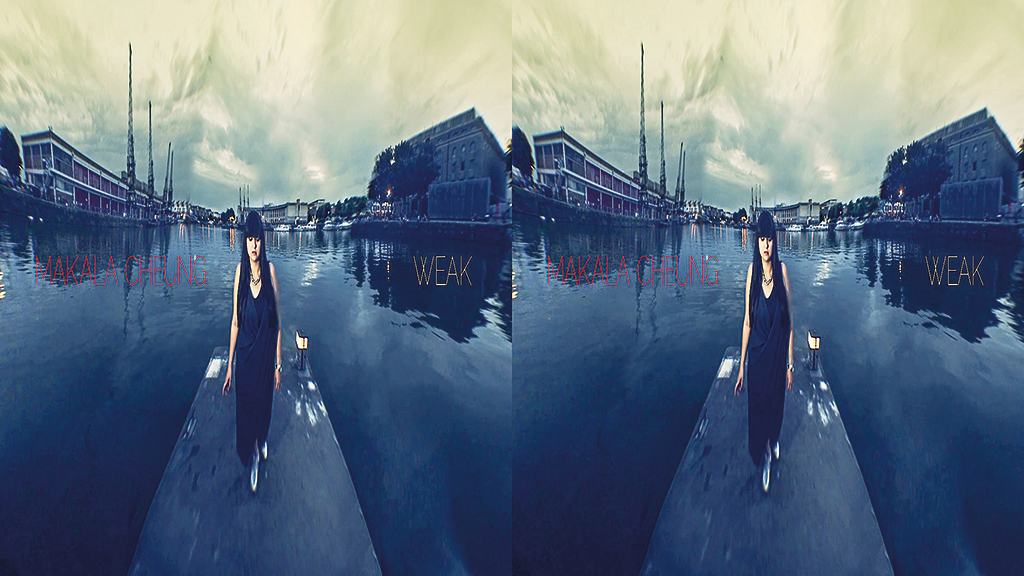
Tuong Huy Nguyen, Principal Research Analyst for Gartner, Inc., had this to say about VR180: “It just seems a little limiting to me. It’s basically like panorama, but really close to your face. I don’t want to completely dismiss it right away. VR and 3D interaction is a new and tricky area to tackle. Maybe this is a necessary steppingstone as we figure out this new three-dimensional interface.”
However, Vangelis Lympouridis, Founder of Los Angeles-based Enosis VR and creator of the “Bohemian Rhapsody” VR experience, has a more optimistic view about the nascent format. “This is more like a natural progression towards a broader adaptation of VR and a mature way to understand and contextualize the ecology of different uses and experiences of the new medium. It is true that [in 360 video] after the initial ‘Wow’ moment of being able to watch content in any possible direction including the back, most of the viewers limit their focus into the frontal plane anyway. Especially when experiencing live events such as concerts and sports, 180-degree videos solve a lot of technical issues with a minor sacrifice in immersion.”
Lympouridis thinks VR180 could find success in the realm of music. “Immersive music would definitely benefit from VR180 as more and more content will be produced using existing tools and a much lighter production pipeline. Directors, musicians and any performer will be able to design and capture their stages and augment them with VFX and traditional scene compositing techniques without the complexities of 360 video, both in terms of technical sophistication as well as storytelling.”
It seems likely that VR180 will work just fine for many uses, and will be the format of choice for non-industry people (i.e., most everyone) who want to shoot semi-immersive, panoramic home videos, or consumers who don’t need 360-degree coverage of what they’re watching. Even if VR180 is limited in the VR sense, and would be better called “180video,” it could also greatly expand the market for immersive media and serve as a “gateway” medium that will inspire new users to plunge further into immersive realms. Quite probably, immersive media will take many forms and there is room for them all.
Virtual reality is a phrase that means different things to different people, some of whom don’t like the term being applied to 360-degree video – or to VR180, for that matter. Many products available now or coming soon share the VR label but vary greatly in terms of immersion and interactivity. To add to the complexity, we also have AR (augmented reality) and MR (mixed reality). So, how can we distinguish between these terms?
The term “virtual reality” in the traditional sense was popularized by Jaron Lanier around 1987 referring to a three-dimensional simulated world that is immersive and interactive. But according to much current common usage, “immersive” is the key point and “interactive” is not so essential – as in the case of 360-degree videos. In them, you can pan around the immersive setting, but you can’t interact with it. About the format, Gartner Inc. Principal Research Analyst Tuong Huy Nguyen comments, “We consider it virtual reality as well. It is a recreated scene. You’re not physically there. You’re virtually somewhere else.”
Lanier’s work in VR built on the ideas of pioneers like Morton Heilig (the “Sensorama” machine) and Ivan Sutherland (the first HMD or head-mounted display, in the late ‘60s). Meanwhile, in popular culture, the idea of virtual reality became associated with that of cyberspace (networked VR), which was conceptualized in science-fiction author Vernor Vinge’s 1981 novella True Names and William Gibson’s novel Neuromancer (Gibson coined the term “cyberspace”). And, in the 1982 movie Tron, the protagonist enters a virtual reality called “the grid” that is inside a video game.
Lanier co-founded VPL Research, the first company to sell VR products. They developed their own HMD, a data glove (which had position-sensitive sensors) and a data suit (which had sensors for detecting body movement). VPL implemented the first usage of avatars (representations of users within such systems). In the years since, others have continued VR research and launched related products, with varying degrees of success.
In full virtual reality, the computer-generated environment (virtual world) responds to an individual’s actions. Currently, this involves head tracking (through the HMD) and sometimes hand and body tracking with sensors. In room-scale VR, users can move around a physical space and their movements are reflected in the virtual world. Presence is when users feel like they really are in the artificial environment. In the future, some forms of virtual reality will offer visuals, audio and the sense of touch in the virtual world. Haptic devices deliver tactile feedback and further heighten presence. Some experiences will feature shared worlds, or virtual environments shared by multiple participants.
“I don’t feel the term ‘virtual reality’ is a great term to accurately capture everything that is happening within the immersive creative community. It is simple, but also an over-simplified way to describe the many types of profound, immersive work that are being produced,” says Anthony Batt, Co-founder of the VR studio Wevr.
Augmented Reality (AR) overlays text, graphics and audio onto a user’s view of the real world. For example, you are in your living room, and text or even zombies are superimposed on your dining room table, on the walls, or simply in space before you. Pokémon Go is an AR game in which virtual creatures (Pokémon) appear on a smartphone or tablet screen as if they were in the player’s real-world location. Much future AR will be experienced through smartglasses – special glasses that will display digital content atop your real-world view.
Mixed Reality (MR) is a merging of real and virtual worlds, wherein the digital objects are aware of the real-world environment and can interact with it. “There’s a dynamic interaction of the digital content with the world around you,” observes Gartner’s Nguyen. This term has its detractors, with some saying it is just a subset of AR.
360-degree video (“360 video” or simply “360”) offers immersion but limited interactivity. They are videos in which views in every direction are recorded at the same time (up, down and all around) with omnidirectional cameras or multi-camera rigs. The different filmed areas are merged in a method called video stitching. When viewing a 360-degree video, the user controls the viewing direction. For some people, a 360-degree video qualifies as virtual reality because you can view a virtual world through a headset and feel immersed. However, others argue that in true VR a user can move around and interact with the virtual world.
VR180 is like a 360-degree video cut in half, showing just the front half of what is being presented. When viewed with an HMD, it can fill one’s FOV (field of view) and feel immersive. It promises to be easy and cheap to film and upload. Enosis VR Founder Vangelis Lympouridis thinks we’ll have more terms in the future to capture the many variations of VR. “It is very funny to see how the term VR was overused and even misused by the industry and consumers over the past few years. VR is actually the medium, such as the radio or the TV, and doesn’t really tell us anything about what is that we are going to experience. As a term it already carries strong historical connotations from academia and the tech industry, and it will be very liberating to see new terms that describe the actual experience of VR within different contexts such as gaming, music, medical, education, etc. rather than piling endless different experiences under one single term.”